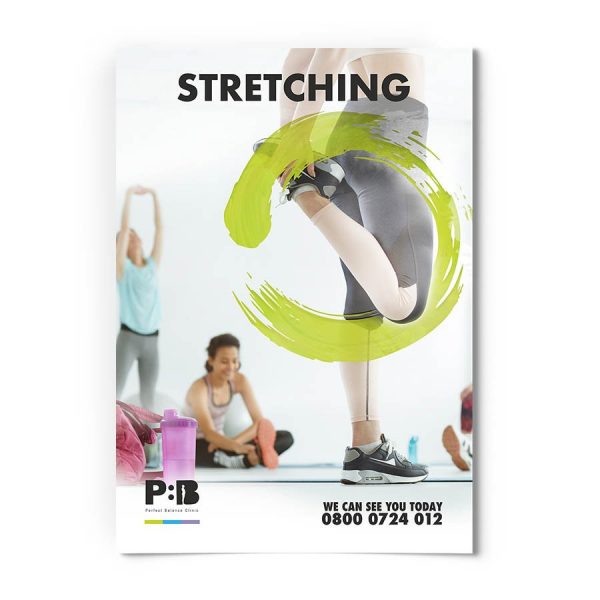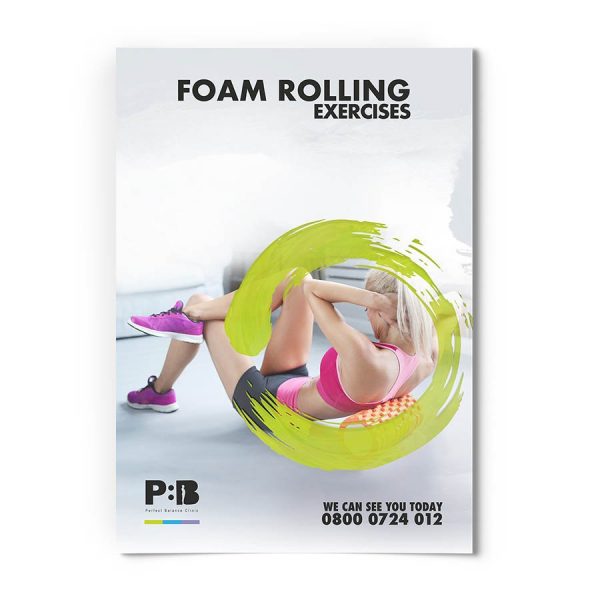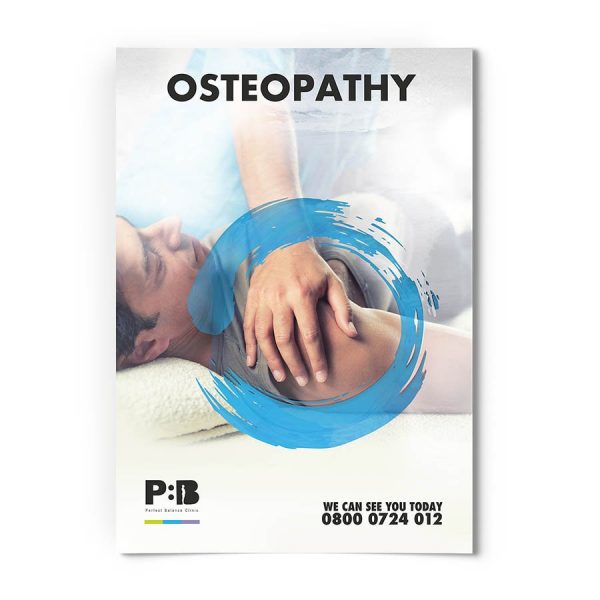Stretching Mistakes
The Five most common stretching mistakes
There are is an ongoing debate about stretching and whether it works, when to do it and why we should do it. The simple answer is that it is completely individual. Some people find stretching really helps them and some literature says that stretching is very bad for you or has no effect at all.
The fact is that people still do it and people still benefit from it. One argument is that the time to do stretching is critical to the effect of the stretching. Should it be done after exercise or before exercise? Usually, it is recommended to carry out stretching after exercise to help recovery. Stretching before exercise should mainly include dynamic stretching and warm-up drills. Static stretching can be included within this but normally after a heart raising exercise such as jogging, bike work, or warm-up drills.
The five most common stretching mistakes that will help improve the efficiency of stretching as part of your workout we see at the clinic are:
1: Stretch and hold for ‘XX’ seconds
Not holding the stretch long enough does not alter anything substantial in the muscle fibres or fascial system. This means that the tissue does not undergo any type of deformation cycle at all. Normally we encourage clients to hold the stretch until they feel the stretching sensation ease off. This leads to definite habituation to the stretch response and thus we think a deformational change in the fascial system and potentially the muscle fibres themselves. Stretching in this way causes a definite habituative response in the central and peripheral nervous system. That is that the initial pain you may feel eases off or you get used to the stretch. Either way, your brain, and nervous system have learned a new state of the muscle and fascial tissue. This would be a great research area if we had the time to look at it.
2: Stretching should never be painful
Sometimes we wonder whether by inflicting pain on ourselves we are doing harm. Mainly due to the inter-relationship of the muscle, fascia, and nerves there is likely to be some pain when stretching. It is not fully understood how our ‘muscles tighten up’ after exercise but one theory is the adhesion of tissues such as nerve and fascial tissue, which leads to a stickiness between the tissue layers. If this theory holds any ground then one could assume that the result of stretching is to restore normal mobility to the tissues and possibly create a deformational change in the collagen fibres resulting in a ‘longer’ neurally less active motor unit. Again definitely an area where more research is required.
3: Stretching should only be done BEFORE exercise
When a warm-up is carried out there is increased blood flow in the tissues this results in heat transference across membranes and an electrochemical exchange between circulating blood, nerve tissue, and intracellular fluid. The deformational change results in receptors being activated (Stretch-activated receptors) and other changes due to the adaptive processes needed. The shift in the neural awareness created by stretching (static) is thus that the net effect is the body and brain has to re-learn the set point of the muscle and tissues surrounding joints. Therefore if stretching (static) is carried out prior to dynamic exercise it is feasible that the result could be an injury to the joint through interference with the proprioceptive ability of the body. One must always encourage active warm-up and active stretching to be included with the static stretching if this is carried out prior to exercise.
4: Touching your toes to stretch your hamstrings
This is probably the most common area that people stretch prior to running. This alone isn’t so bad. However, problems mainly arise when stretching the hamstrings is carried out in a way, which over flexes the lower back. You know what we mean don’t you and we’re sure you have done it yourselves at some point. Standing up tall and then reaching down to your feet to touch your toes, heavily flexing your lower back, heavily flexing the discs in your lower back and causing very little stretch in your hamstrings at all. Think of your hamstrings as if they were the last carriage of a train. The engine of the train needs to move and all the carriages need to move first in order for you to stretch your hamstrings with this stretch. Why not stretch the other way by lifting your leg up, or better still laying flat on the floor (protecting your back) and lifting your leg up to stretch them. Give it a try!
5: My Hamstrings are tight so I need to stretch them more
This has to be BY FAR the most common error made by runners new to the sport. They are told to stretch their hamstrings, they feel tight so they continue to stretch them, guess what, their hamstrings never loosen off, so they keep stretching them.
But then much to their surprise, they pick up an injury in their leg and the therapist they see asks if they stretch, they say, ‘my hamstrings are always tight, so I stretch them’…THIS IS NOT THE WAY TO DO THIS! The secret to hamstring flexibility is strength.
This is a whole other subject but basically, the hamstrings are needed in running for certain phases of propulsion and elastic recoil. When we use our hamstrings in day to day life we often use them in a completely different way. Think about when you sit down, think about how many times you sit down during the day (Car, train, desk, toilet, sofa, etc). Your hamstrings are so used to being in a shortened state. Stretching them will help in the short term to make them feel loose, but the real key is to train your hamstrings over a longer range (a full range is key to correct functioning during the running gait).
That’s right, make them stronger, but over a longer range. You will feel how your hamstrings start to feel more relaxed when you run and not so tight.
This is only part of the hamstring problem. The other side of the hamstring issue is the attachment of the hamstrings to the pelvis. This area is vulnerable to load from varying sources. Above from the lower back and pelvis, from below from the knee and acceleration of the lower leg, from outside, sitting on the hamstrings, from inside and compression from the bone they attach to and from the side with hip instability due to weakness in the gluteal hip stabilisers.
There is a vast array of other misinformed views on stretching out there. ?We hope these 5 facts have given you some insight into the problems faced with stretching and exercise.
For more information about Stretching
This article was written by our team of specialist therapists at Perfect Balance Clinic. If you would like more specific advice about how our team can help you with this condition or symptoms you may be having, please complete the contact form below and one of the team will get back to you shortly.







